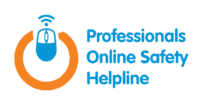Social, Emotional Mental Health (SEMH)
Advice for professionals working with SEND aged 7 to 11
This Index of Harms resource is for children and young people (CYP) with Social, Emotional and Mental Health need. It is broken down by the strands from the Education for a Connected World Framework.









